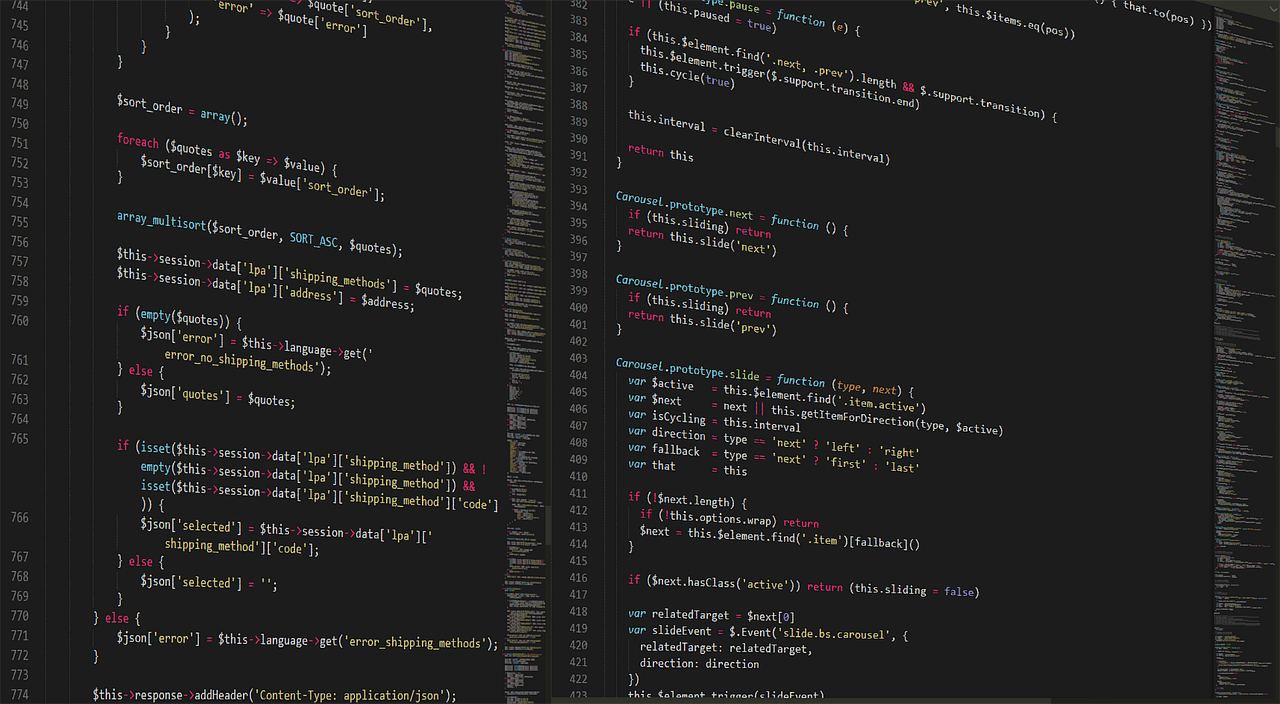Comprehensive Guide to Python Web Development
Python is a versatile and popular programming language used extensively in web development. Its simplicity, readability, and vast ecosystem of libraries and frameworks make it an ideal choice for building dynamic websites and web applications. In this guide, we will explore the basics of Python web development, the different frameworks available, and provide tips for readers to learn and master Python for web development.
What is Python Web Development?
Python web development involves creating web applications and websites using the Python programming language. It encompasses writing server-side logic, handling HTTP requests and responses, managing data storage and retrieval, implementing business logic, and rendering dynamic content.
Why Use Python for Web Development?
- Versatility: Python is a high-level language supporting various applications and functions, making it suitable for both beginners and experienced developers.
- Ecosystem: Python has a robust ecosystem of frameworks, libraries, and tools that simplify development and enable scalable web solutions.
- Ease of Learning: Python’s syntax is clear and concise, which makes it easy to learn and enjoyable to use.
How to Use Python for Web Development
- Install Python: Start by installing Python on your machine. Visit the official Python website and download the latest version compatible with your operating system.
- Choose a Web Framework: Python offers various web frameworks such as Django, Flask, Pyramid, and Bottle. Choose the one that aligns with your project requirements.
- Set Up a Development Environment: Create a dedicated folder for your project and set up a virtual environment using tools like
virtualenvor Python’s built-invenvmodule.
Popular Python Web Development Frameworks
Django
Django is a free, open-source framework that enables rapid development of complex applications.
Key Features:
- URL routing
- Integrated authentication system
- Automatic admin interface
Advantages
Django is ideal for complex web applications, offering a vast collection of reusable components.
Flask
Flask is a lightweight and flexible framework suitable for small to medium-sized projects.
Key Features:
- Simple and flexible design
- Extensive library support
Advantages
Flask is great for beginners allowing more freedom in development.
Pyramid
Pyramid is a flexible framework suited for both small and large applications.
Key Features:
- URL mapping based on Routes configuration
- All-embracing templating
Advantages
Known for its transparency and quality, making it a favorite among experienced developers.
CherryPy and Bottle
CherryPy offers a minimalistic approach to web development while Bottle is ideal for small projects.
Key Features:
- CherryPy: HTTP/1.1-compliant server with built-in tools.
- Bottle: Easy to use and small footprint for beginners.
Tips for Learning Python Web Development
- Start with the Basics: Learn the fundamentals of Python programming including syntax and data structures.
- Choose a Framework: Familiarize yourself with a framework like Django or Flask.
- Practice with Projects: Start with small projects to master your skills.
- Use Online Resources: Websites like FreeCodeCamp and RealPython offer tutorials and courses.
- Join Communities: Engage with communities on platforms like GitHub and Stack Overflow.
Conclusion
Python web development is a rewarding field that offers numerous opportunities. By understanding Python and choosing the right framework, you can create dynamic web applications. Regular practice, leveraging online resources, and engaging with the community will enhance your learning experience. With dedication, mastering Python web development is well within your reach.
Additional Resources
Projects and Applications in Python Web Development
Key Projects
- Personal Portfolio Website: Create a personal portfolio to showcase your skills and projects.
- Blog Platform: Develop a simple blogging platform with user authentication using Flask.
- E-commerce Application: Build a basic e-commerce site with product listings and a shopping cart using Django.
Python Code Examples
Personal Portfolio Website
from flask import Flask, render_template
app = Flask(__name__)
@app.route('/')
def home():
return render_template('index.html')
if __name__ == '__main__':
app.run(debug=True)
Simple Blog Platform
from flask import Flask, request, redirect, url_for, render_template
app = Flask(__name__)
posts = []
@app.route('/blog', methods=['GET', 'POST'])
def blog():
if request.method == 'POST':
posts.append(request.form['content'])
return redirect(url_for('blog'))
return render_template('blog.html', posts=posts)
if __name__ == '__main__':
app.run(debug=True)
E-commerce Application
from django.shortcuts import render
from .models import Product
def product_list(request):
products = Product.objects.all()
return render(request, 'product_list.html', {'products': products})
Real-World Applications
Python web development is utilized in various industries to build scalable and efficient web applications. Here are some applications:
- E-Commerce: Companies like Shopify use Python to manage backend operations and provide a seamless shopping experience.
- Social Media Platforms: Many social media websites leverage frameworks like Django to manage user data and interactions.
- Content Management Systems: Python-based frameworks are often used to create flexible CMS systems for businesses, helping manage their online content effectively.
- Data Analysis Applications: Web applications that provide data visualization and analysis tools often employ Python in their backend for handling data processing workflows.
Next Steps
Now that you have a solid understanding of Python web development, it’s time to take your skills to the next level. Start by deepening your knowledge of the web frameworks discussed in this guide. Experiment with building small applications using Django or Flask to gain hands-on experience.
Additionally, consider diving into more advanced topics in Python web development, such as RESTful APIs, authentication, and deployment strategies. Utilize online resources and communities to connect with other developers. You may find our guide on Master Python Web Development especially useful as it covers a variety of advanced concepts.
Finally, don’t forget to engage with the developer community on platforms like GitHub or Stack Overflow, where you can seek advice, collaborate on projects, and grow your skills. Happy coding!

1 thought on “Unlock the Secrets of Python Web Development: Your Comprehensive Guide to Building Dynamic Websites”
Comments are closed.